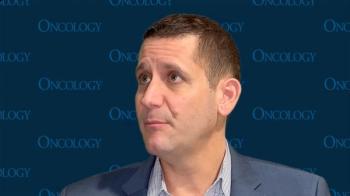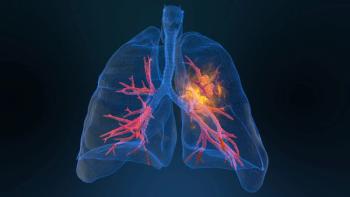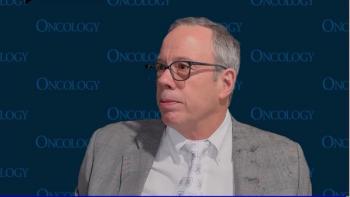
Chemotherapy Results in Greater Pain/Fatigue Vs Endocrine Therapy in Breast Cancer
Patients with breast cancer who were treated with chemotherapy may have more pain, fatigue, and difficulty moving vs those who received endocrine therapy or did not have breast cancer.
Clara Bodelon, PhD, MS, senior principal scientist of survivor research at the American Cancer Society and lead study author on a recent study published in JAMA Network Open, spoke with CancerNetwork® about the trial that found chemotherapy resulted in long-term physical health decline in patients who survived breast cancer.
In the study, patients who were treated with endocrine therapy experienced similar traits to women who never had breast cancer than patients who were treated with chemotherapy. Within 2 years, between 2 and 5 years, and from 5 years on, chemotherapy led to greater declines from baseline concerning physical health.
Physical health, according to Bodelon, consists of the ability to move and get dressed, as well as the ability to go about day-to-day activities without experiencing pain or fatigue. These poorer outcomes stemming from chemotherapy may mean that when patients get older, they won’t be able to do some of the things that those who were treated with endocrine therapy or didn’t have cancer at all would.
Transcript:
Physical health is the aspect of health that is not mental health. What that includes is the ability to move, the ability to get dressed and bathe yourself, not having pains, and not having fatigue—so everything in health that is not mental health. What we see is that, as we age, some of these aspects may be declining, and so older people may have some pains, they may have some fatigue, and they may not be able to, [when they are] 80 to 90 years old…do all the activities of daily living. What we wanted to see is if cancer survivors of younger ages had those abilities [and if] they could do those types of things similar to cancer-free women of a similar age.
For those who did have endocrine therapy, they did have those abilities, similar to the women who were cancer-free, but not with those who received chemotherapy. What is important is that before we saw cancer survivors as a whole and not specifically across treatments, but [here] we saw a difference in treatment. One of the big topics in oncology is the escalation of treatment, and as we learn what the specific treatments are…and as we personalize the treatments, the consequences of the treatments may be different, so this is a way for us to understand what those outcomes are.
Reference
Bodelon C, Masters M, Bloodworth DE, et al. Physical health decline after chemotherapy or endocrine therapy in breast cancer survivors. JAMA Netw Open. 2025;8(2):e2462365. doi:10.1001/jamanetworkopen.2024.62365
Newsletter
Stay up to date on recent advances in the multidisciplinary approach to cancer.

















































































